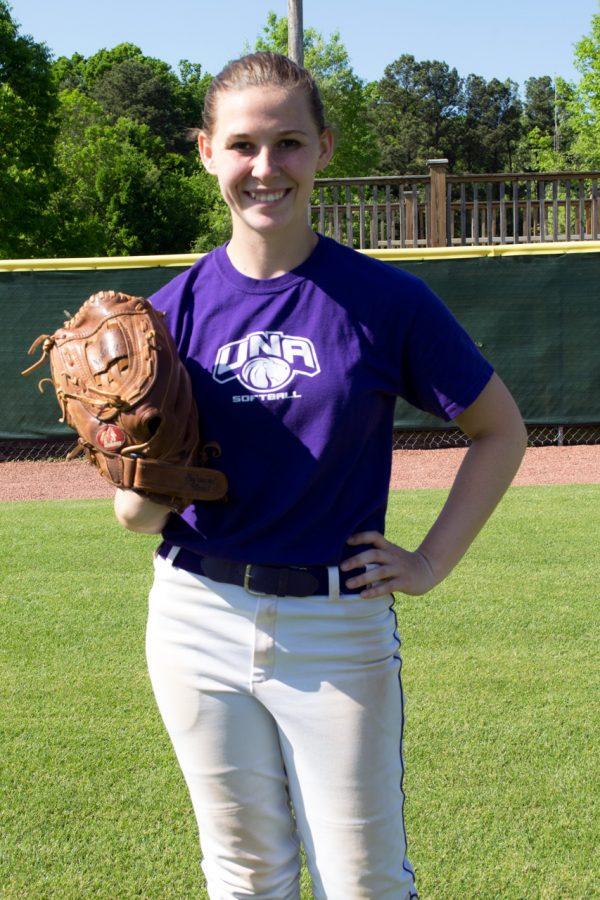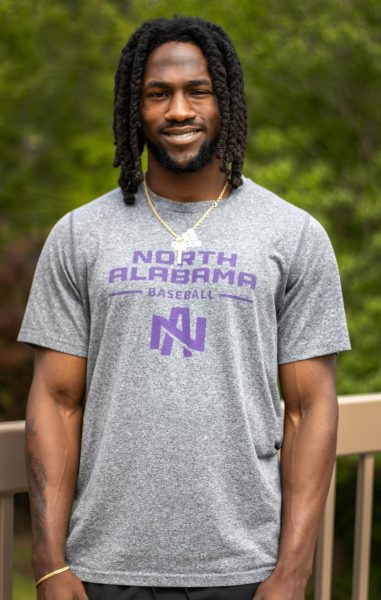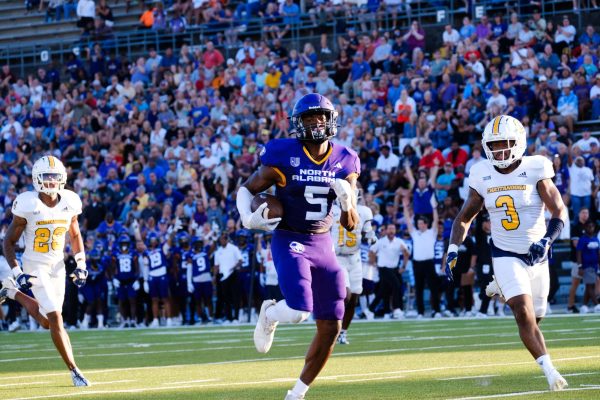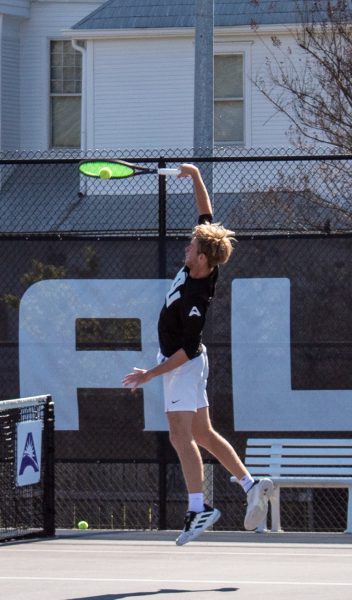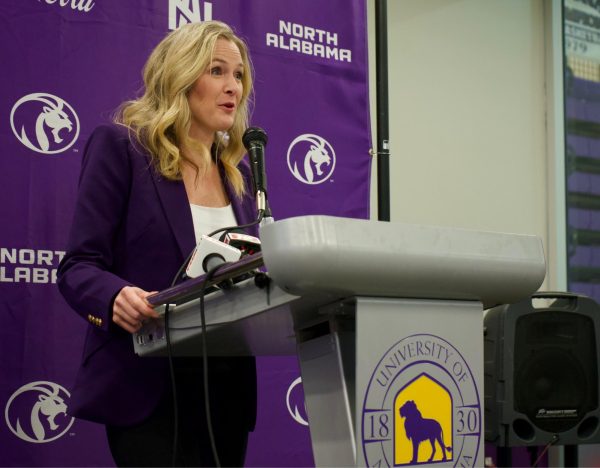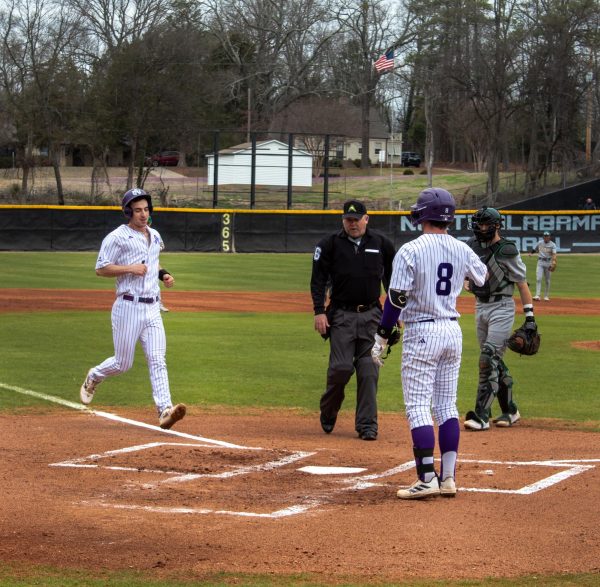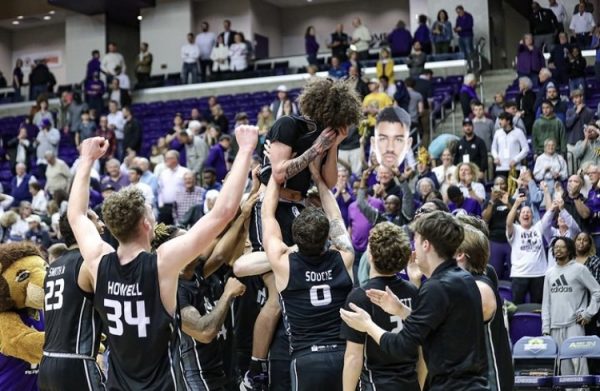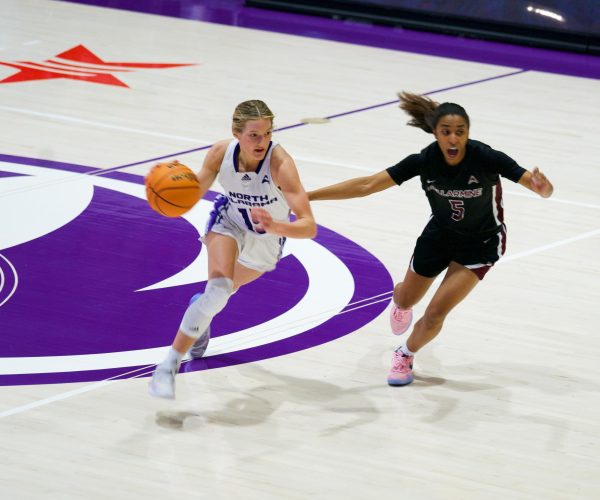Bonner discusses difference between high school, college ball
April 12, 2012
Last year, right fielder Ashley Bonner was an All-State performer at Hartselle High School and she continues to have similar success while at UNA.
The transition for incoming freshmen playing a collegiate sport can be difficult. Some choose to first seek playing time at a junior college and then transfer to a four-year university, whether it is Division I, II or III. Others, like Bonner, take offers where they lead, even right out of high school.
“It’s different because I have to make myself known on the softball field,” Bonner said. “No one really knows you but your coaches and other players, and after getting to know others, it’s all about time management.”
Managing college classes with workout schedules, practices and games can be difficult, especially for those in their first year of school away from home and involved in a college athletic program.
“I try to schedule early classes so they won’t conflict with my practice schedule,” Bonner said. “We usually practice about 2:30 or 3:30 to around 6 p.m.”
Major differences in high school and college sports deal with the amount of time and dedication that has to be given. In high school, athletes who play one sport often play another, especially in smaller school venues.
In college, that would be extremely difficult due to college sports virtually lasting year-round with practices, camps, events and conditioning. The off-season often displays what the regular season will demonstrate.
Similarities and differences in college athletics and high school athletics depend on the mind of the athlete. Bonner said there is more conditioning that goes into training with college softball than her high school softball team. Another difference is learning to play with a new set of teammates.
“The practices are a little harder—the running is; we condition twice a week, if not more,” Bonner said. “I have to get to know everyone and how they play.”
Another key difference is learning to play with a new team, which has a positive and negative side.
“I have to get to know everyone and how they play,” Bonner said. “In high school, I had played with everyone since we were little, so I knew how they played, but the team is like a family to me. I don’t have to be shy around my team; they understand me.”
Teammates often make the difference in establishing trust on the field, thus building friendships off the field. Senior catcher Kathryn Young said Bonner is a positive player and influence on and off the field.
“Bonner is a very solid hitter with a great attitude,” Young said. “She has a great offensive approach and mindset.”
Bonner said she encourages incoming players to do what they think is best for their individual collegiate careers.
“Do whatever you want to do; if you want to play Ju-Co, if you feel that’s what is best for you, then do that,” Bonner said. “If you feel like you are ready to play (D-II), then play D-II.”


